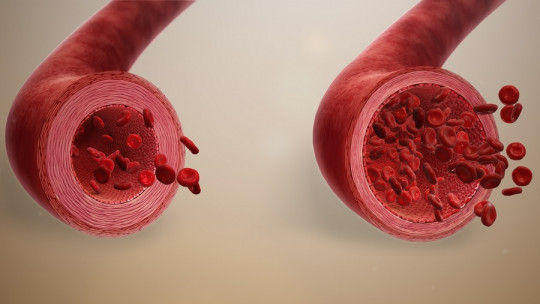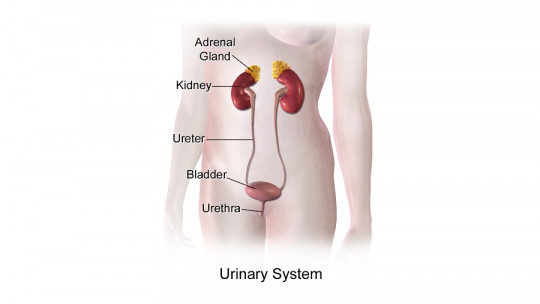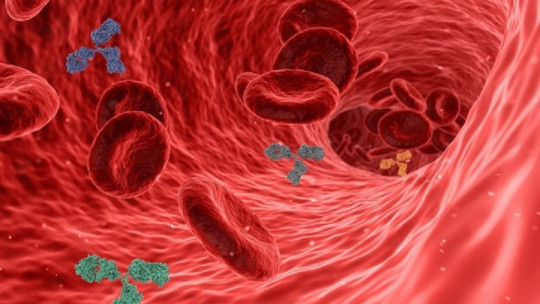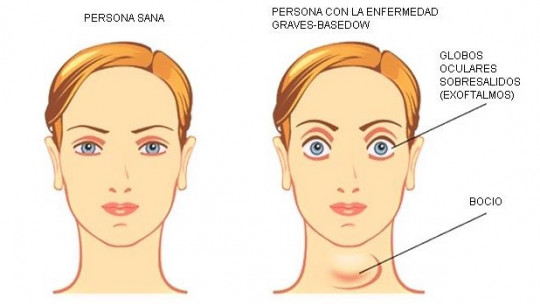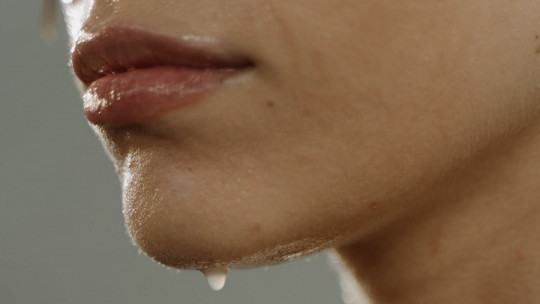
Sweating plays an important role in cooling body temperature when levels are higher than normal, so the brain sends signals to the sweat glands in order to release sweat, and when the latter evaporates, it cools the surface of the skin, so the body temperature manages to drop.
Sweating is a normal process, but when it occurs at excessive levels or without an apparent cause, this may be an indication of suffering from a problem with going out, such as experiencing diaphoresis, which may require medical attention.
Diaphoresis is a process of excessive and uncontrollable sweating which is normally produced throughout the body, even if the person is not in a favorable environment for this sweating process nor is the person performing a demanding physical activity that triggers it.
In this article we will take a closer look at what this condition that causes excessive sweating consists of and what other health conditions it is usually accompanied by.
What is diaphoresis?
Diaphoresis, also known as secondary hyperhidrosis, is a term used within the medical field to refer to excessive sweating, rising to levels extremely disproportionate to the environment in which the individual is located (for example, with a low ambient temperature) and your activity level. This excess sweating usually occurs throughout the body and not just in a specific area.
Unlike diaphoresis, or secondary hyperhidrosis, which usually causes excessive sweating around the entire body, primary hyperhidrosis usually causes excessive sweating in certain parts of the body only (for example, the legs or the feet). .
Diaphoresis or secondary hyperhidrosis usually does not occur in isolation, but is usually a symptom of some underlying condition at a health level, and in some cases it may be serious enough to endanger the life of that person, so urgent medical attention is needed. That is why in the next section we will see some of the most common conditions in which diaphoresis can occur.

Main causes of diaphoresis
Below we will explain the conditions in which diaphoresis is most common to appear among its symptoms.
1. Menopause
There are studies that reveal that up to 85% of women during menopause may experience diaphoresis, especially at night, along with hot flashes.
Throughout perimenopause, the period from when a woman stops menstruating until menopause begins, diaphoresis at night is very common. This It could be related to the hormonal fluctuation you experience, such as estrogen levels due to the changes experienced during this process, which can send false signals to the brain that your body is overheated, so it resorts to excessive sweating in order to lower those temperature levels.
2. Pregnancy
During pregnancy, it is common for hormonal levels to increase considerably throughout the body, so the metabolism accelerates, so that the body temperature rises. This process could trigger excess sweating in the body, known as diaphoresis.
It should be noted that if there are no symptoms such as vomiting, body aches or fever, among others, diaphoresis alone does not usually require medical attention.
3. Hyperthyroidism
When a person suffers from hyperthyroidism, Your thyroid gland is overactive and this causes excess production of the hormone thyroxine so the metabolism accelerates considerably and that person could experience the following symptoms:
hyperthyroidism It is a medical condition that is controllable, but requires medical treatment in which case antithyroid medications are usually prescribed in most cases, as they are the first-line treatment for these cases.
- Related article: “Thyroid hormones: types and functions in the human body”
4. Diabetes
In the case of a person who suffers from diabetes, because you have noticeably low blood sugar levels which is also known as hypoglycemia and, on the other hand, you may experience the following symptoms:
- Diaphoresis (this could be an early warning sign to detect a possible case of hypoglycemia).
- Tremors.
- Dizziness
- Blurred vision.
- Anxiety.
When you are suffering from low blood sugar levels or hypoglycemia, It is very important to restore those sugar levels urgently since otherwise you would be putting your life at risk.
- You may be interested: “Types of diabetes: risks, characteristics and treatment”
5. Cancer
Has been found an association of diaphoresis or excessive sweating with some types of cancer as the following:
-
Leukemia.
-
Lymphoma.
-
Carcinoid tumors.
-
Bone cancer.
-
Liver cancer.
-
Related article: “Types of cancer: definition, risks and how they are classified”
6. Myocardial infarction
A myocardial infarction, or heart attack, It occurs when a part of the heart muscle is seriously affected for different reasons (for example, construction of the arteries that are responsible for supplying blood to the heart), so that the blood that is responsible for transporting oxygen to the heart does not have the possibility of accessing it due to an arterial obstruction; Therefore, in this case urgent medical attention is needed.
In this case the most frequent symptoms are:
- Diaphoresis.
- Tightness or discomfort in the chest.
- Pain in one or both arms.
- Difficulty breathing.
- Nausea or vomiting.
- Pain in the jaw, back, neck or stomach.
- Paleness in the face.
7. Drug or alcohol withdrawal syndrome
Diaphoresis or excessive and uncontrollable sweating is frequently experienced, along with other symptoms, when suffering from a withdrawal syndrome. when being in the process of stopping consuming alcoholic beverages or some type of drug
In addition to diaphoresis, during withdrawal, the following symptoms may be experienced:
- Anxiety.
- Tachycardias.
- Tremors.
- Irritability.
- Fluctuation in blood pressure levels.
- Vomiting or nausea.
-
Seizures.
Due to the breadth of symptoms typically experienced during a period of withdrawal, whether from alcohol or drugs, It is important that the person receives psychological support from a professional specialized in addictions and, if possible, from a family member or close friend, given the difficulty of moving forward alone in this process.
- Related article: “Drug withdrawal syndrome: its types and symptoms”
8. Anaphylactic shock
Anaphylactic shock, also called anaphylaxis, It is caused by a severe allergic reaction happening quickly after a person has been exposed to or ingested a substance that causes a high allergy.
The most common symptoms of anaphylactic shock are the following:
- Diaphoresis.
- Red, itchy skin.
- Difficulty breathing, due to a narrowing of the airways.
- Noticeable and rapid decrease in blood pressure levels.
- Diarrhea or vomiting.
- Loss of consciousness.
Anaphylactic shock is life-threatening and requires urgent medical attention. Therefore, if there is even the slightest suspicion, it is important to go to a medical center or call the emergency service immediately.
- You may be interested: “The 13 types of allergies, their characteristics and symptoms”
9. Medications
There are a series of drugs that can cause diaphoresis among other side effects, some of these medications being the following:
-
Antidepressants.
- Medications used during chemotherapy treatment.
- Some pain relievers.
- Hormonal medications.
10. Other conditions that could cause diaphoresis
In addition to the conditions mentioned above, there are other types of conditions that could also cause diaphoresis or excessive and uncontrollable sweating, such as the following: malaria, sepais, sleep apnea or psychological problems, such as sleep disorders. anxiety.
Warning signs
When a person is experiencing diaphoresis or excessive and uncontrollable sweating, It is important that you seek help or call emergency services or your health center if diaphoresis is accompanied by any of the symptoms listed below:
- Nausea or vomiting.
- Dizziness
- Wet and cold skin.
- Chest tightness or tachycardia.
- Difficulty breathing.
What to do to reduce excessive sweating?
If you experience episodes of diaphoresis, a series of measures can be taken. measures that help reduce the amount of sweating:
- Wear clothes that breathe, such as those made with natural fibers such as cotton.
- Drink plenty of cold water.
- Dress in layers instead of wearing a thick garment, so you can take off items when you need to.
- Keep the environment cool by ventilating enough and even using air conditioning.
- It is preferable to avoid the consumption of caffeine, alcohol and spicy foods.


